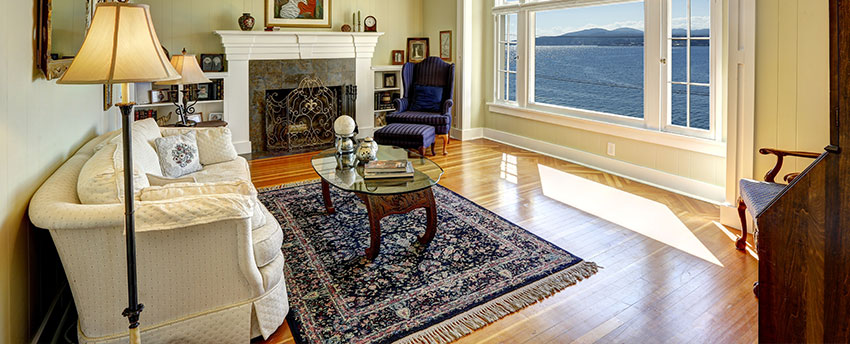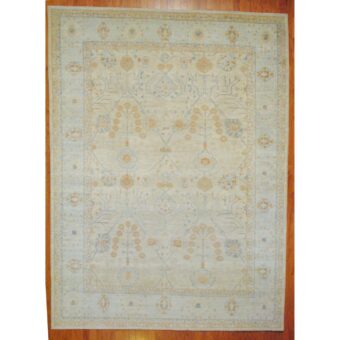There are so many kinds of rugs available these days like synthetic, wool, natural fiber, carpet tiles, indoor/outdoor, and so on. Despite all the trends and changes, Persian rugs have already survived time.
What is a real Persian rug? For those who do not know, it should be hand-made in Iran. Persian antique rugs are made by hand-knottin, and if there are more hand-knots per square inch, the more intricate the work is. Depending on how many knots there are and craftsmen’s skills, these rugs can take anywhere from weeks to even years to complete. Persian rugs are made with three materials: silk, wool, and cotton.
Read on to know more about the myths about Persian rugs you should know about.
1: Rugs are Defined Based on Their Design
Design is only an identification component. Rugs can be best identified by their construction. Some of the rug components are materials used, the type of knot, how many wefts and the colors between each row, size, design, and end and side finishes. When someone who knows about rugs will kick the corner of a rug, they are checking the construction at the back of the rug.
2: Natural Dyes are Better Compared to Synthetic Dyes
Manufacturers of Persian rugs have only been using natural dyes from the beginning until the 1940s. Since that time, synthetic dyes have replaced the natural ones as the main component used. However, natural dyes are making a come back and the truth is, they are both excellent. It is just about preference and money that separates people from choosing natural or synthetic dyes. Rugs that have natural dyes cost 30% more compared to those with synthetic ones.
3: Never Clean or Vacuum Your Persian Rug
80% of the soil in rugs is dry matter. It acts like sandpaper and it wears out the rug. Some rugs are thick, and they do not seem to be soiled, when the truth is, the soil is embedded that it is not possible to remove everything. You should beware of people who are selling rugs that say you should never clean them. What they mean is that the rug is not going to withstand proper cleaning because of condition, painting of the foundation, and other defects.
4: The Best Ones are From Iran
It is true that Oriental rugs originally started in the lands of the first Persian Empire and Iran. This fact was highly regarded. However, other countries such as Pakistan, China, Afghanistan, and India have caught up to Iran by using natural dyes and inserting their own influence into the rug designs.
5: Knot Count Determines Value
Knot count indicates value, and it is true for a couple of traditional rugs. Examples are Isfahan and Nain. The silk rug value is partly based on the knot count. The new rugs from China, Pakistan, and India are mass-produced and come in different designs and qualities. In general, the more inches there are per square inch, the more prices there are per square foot. However, when the mass-produced rugs are placed based on use, their value in the secondary market is not determined according to knot count.
6: Never Apply a Protector
The idea that fluorochemical is going to devalue the rug is an old myth. All area rugs need protection against the possibility that someone might spill something on them and cause a permanent stain. The rug protectors are not to bulletproof, but allow you to blot up spills more effectively and will prevent spots from turning into stains.
Check wholesale Persian rugs Virginia to find the best ones.


